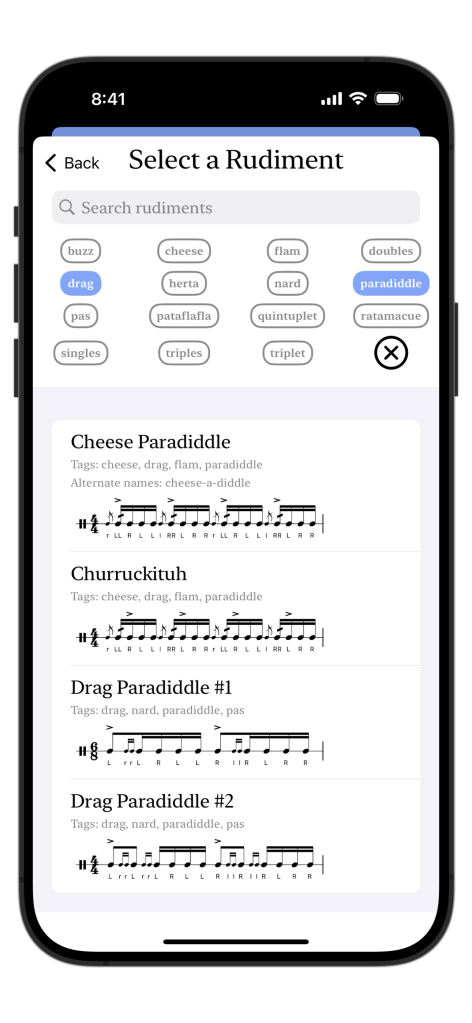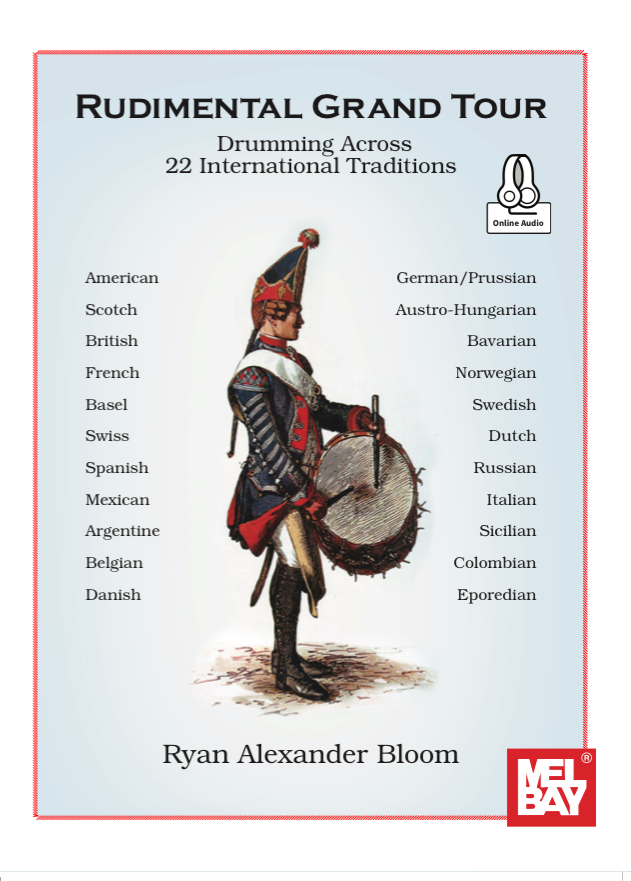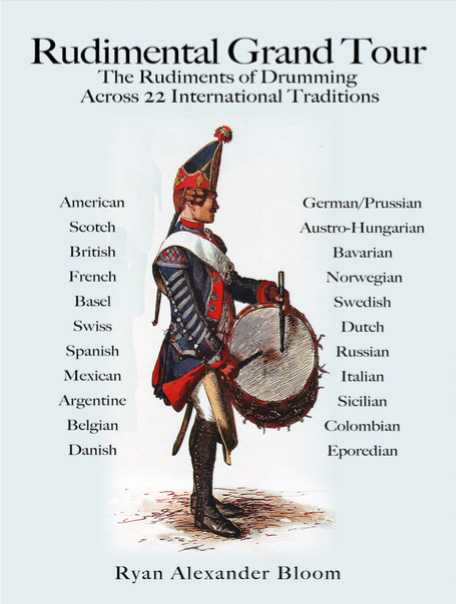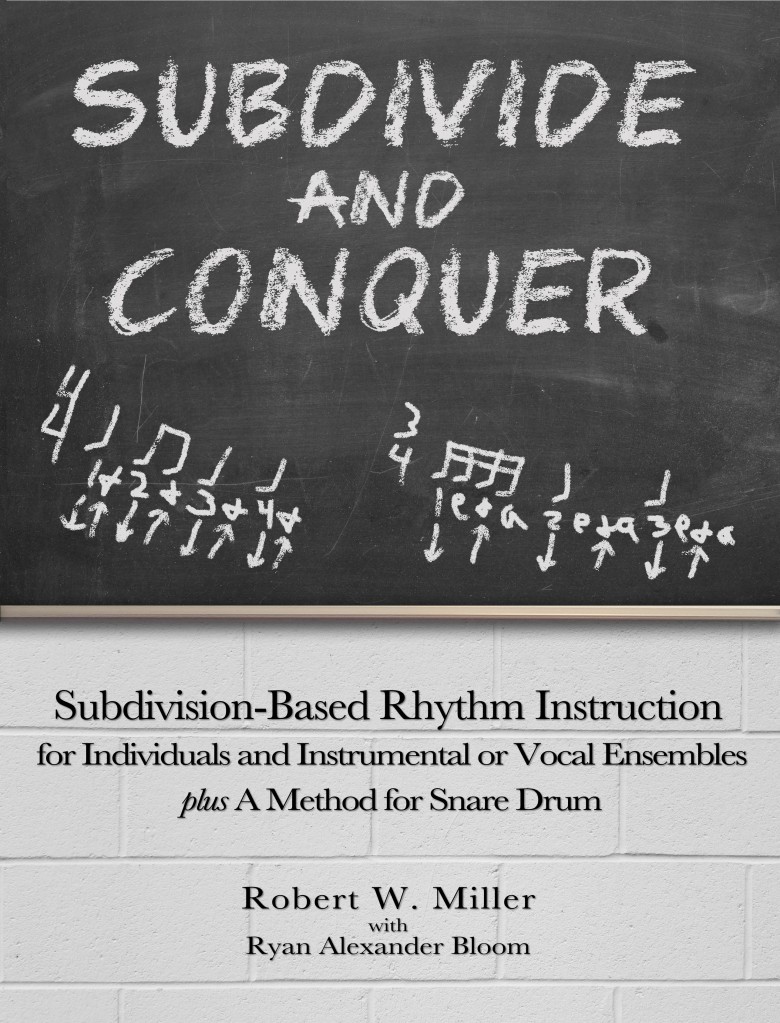Greetings and salutations! This post is an update on, and overview of, what is happening in my drumming, teaching, and writing in these strangest of times. If you are just landing here from YouTube, Facebook, or a Google search, please feel free to browse the rest of the website for relevant information about lessons, books, or my other drumming endeavors.
Books:
As you may know, I have just released my newest collaborative book with Robert W. Miller called Subdivide and Conquer, which is explained in detail in the previous post, probably available right below this one. Long story short, its a method book for counting and reading rhythms and it is applicable to drums as well as other instruments and can be used individually or with groups and ensembles. It is available from Hudson Music and Amazon.
My previously published original books are all still available: Thrash Metal Drumming, Encyclopedia Rudimentia, Live Drum & Bass, and The Complete Double Bass Drumming Explained.
Both translations/transcriptions of older rudimental works are also still available: The Art of Beating the Drum and A New Useful and Complete System of Drum Beating.
I have another original book in the works, which is coming along nicely. This one is a rudiment-focused book but goes in a slightly different direction than my Encyclopedia. It will be longer, wider reaching, organized in a totally contrasting way, and not at all the same book… even though it will definitely involve some (many…very many) obscure or forgotten rudiments along the way. There is no timeline for release but I am working on making that happen.
Also in the works is a translation (a translation of the words this time, the notes are already readable) of another older rudimental drum book. It was originally published in French and German, but never in English. Should be out sometime next year on Amazon as usual. More details will come later.
Lessons and Teaching:
I am still teaching private lessons and my schedule is 100% full to capacity right now. “Capacity” at this point is slightly lower than normal due to the relatively recent arrival of my second child. I am maintaining a waiting list of students should any spots open up. Don’t be discouraged if you were hoping for lessons, people are coming off the list periodically. I have had students move, graduate, quit, go on hiatus for another activity/sport, etc. since I started the list. This type of thing always happens. You’ll get a spot if you want one, eventually.
Marching band just wrapped up at LAHS and the band put on a good show at the Zia Marching Fiesta. Due to the aforementioned children I am not currently working with percussionists at the schools, however I will be back as soon as the nap schedule permits… babies are difficult creatures. I should resume middle and high school concert sectionals sometime in the next year I think. I will definitely be back for marching season 2022 to continue working with the drum line. Auditions should be in April, music will go out sometime in February or so…?
Music:
There has been a little bit of movement on the actual ‘playing of the drums’ front… some old friends have tossed around the idea of recording some new material. More on that later, if and when we get our act together. Literally and metaphorically. But there is a chance of me drumming on an actual musical project sometime in the near future.
The Website:
I have been adding content to the Rudimental Articles section actively. I would appreciate help with my Rudimental Timeline article. The idea is to catalog exactly when each of the PAS 40 rudiments appeared in print, on purpose, in a rudimental context, in the USA. I’m sort of there, I think, but the last few rudiments to be added in the 20th century are still not totally exactly nailed down… maybe. I’m fairly confident about the 18th and 19th century additions, in that I have seen pretty much every relevant book that was published and is not currently “unlocated” and lost to history. Once the 20th century hit there was an explosion of instructional material, especially in the 1930s-1960s, and I have certainly not seen it all. If you happen to know anything about rudiments, and/or have some old drum books from the 1960s or 1970s around, I could use a hand in double checking.
YouTube:
Yes, I have a Youtube Channel. Thanks again to childcare obligations, I have not always been able to post regularly, nor am I able to make many videos with actual playing content lately. I’ll try to put out some here and there. I’ve got some ideas in the works for some gear videos, some rudimental videos (that everyone hates but me), and of course I will be discussing upcoming books and other projects. Actual drum lessons may take a back seat though.
Thanks for visiting the website! Email or Facebook message me with any questions or concerns you might have, or if you have ideas or anything else you think I would be interested in. Happy drumming.










